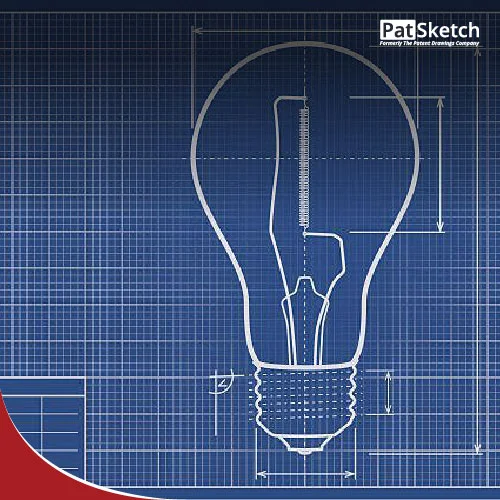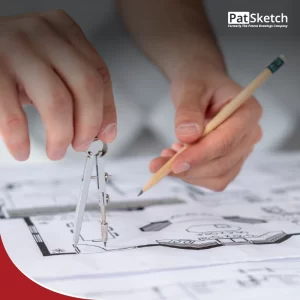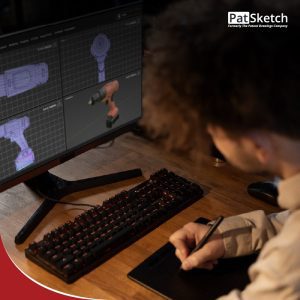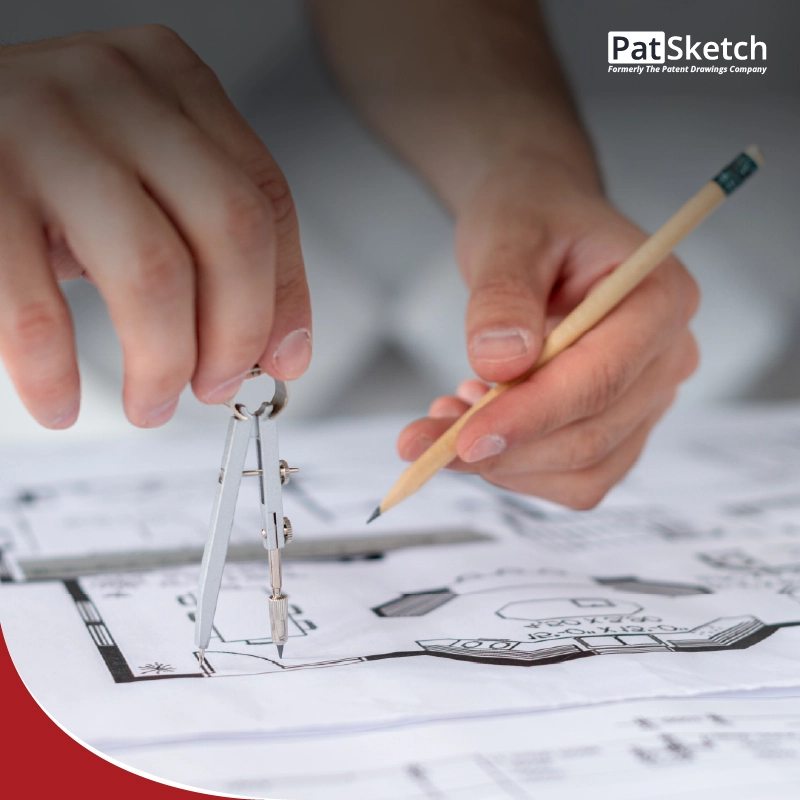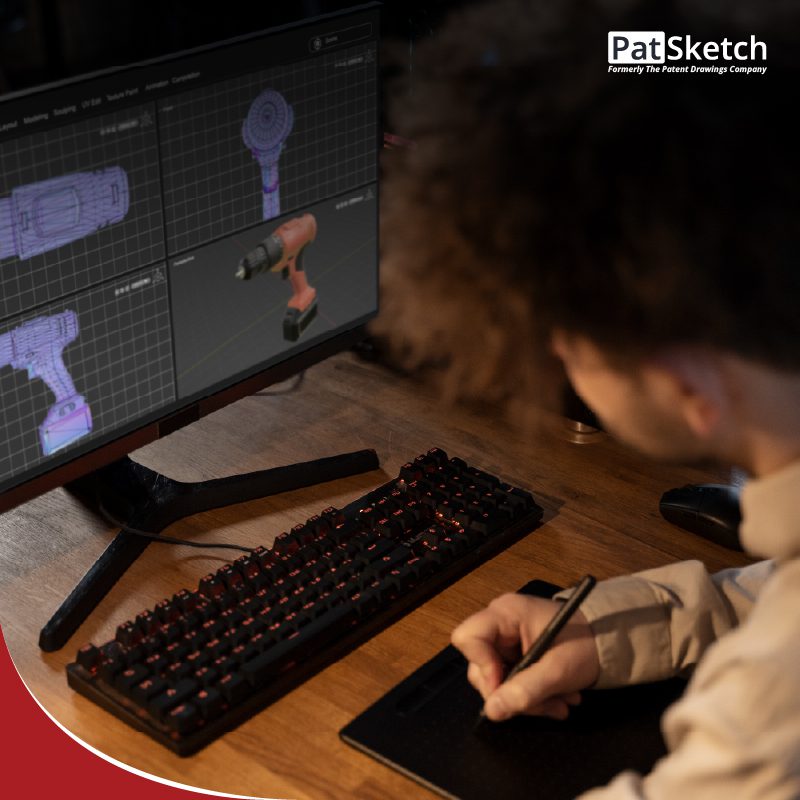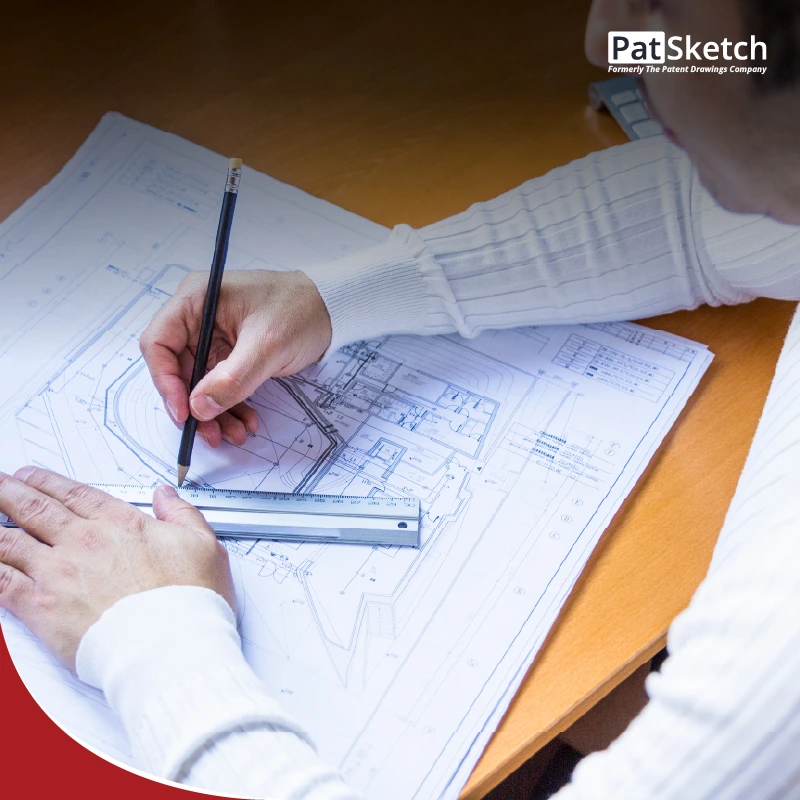PCT (Patent Cooperation Treaty) drawings are an essential element in the patent application process. These drawings serve to provide a visual representation of the invention and its various components. PCT drawing requirements must be adhered to to ensure they are suitable for use in the patent application process.
PCT Drawing Requirements
The general PCT drawing requirements are as follows:
- Legibility and clarity: The drawings must be clear and legible so that the examiner can understand the invention’s features and functions.
- Size and layout: The drawings must be of a size and layout that is consistent with the requirements outlined in the PCT regulations. The standard size is A4 (8.27 x 11.69 inches).
- Margins and borders: The margins must be at least 2.5 cm (1 inch) on the top and left-hand sides, and 1.5 cm (0.6 inches) on the bottom and right-hand sides. There must also be a border around the drawing that is at least 0.5 cm (0.2 inches) wide.
- Numbering of sheets: Each sheet of the drawing must be numbered in the upper right-hand corner, with Arabic numerals.
Technically Specific PCT Drawing Requirements
Specific PCT drawing requirements include:
- Line thickness and shading: The lines must be sufficiently thick and dark to ensure that they are visible when the drawing is reproduced. Shading must be done with solid black lines.
- Symbols and notation: All symbols and notation must be clearly defined in the description of the invention. They should be drawn in solid black lines and be consistent throughout the drawings.
- Views and perspectives: The drawings must include all necessary views and perspectives to adequately illustrate the invention. These may include front, top, bottom, side, and sectional views.
- Dimensioning and labeling: Each component of the invention must be labeled and dimensioned so that its position and size are clear.
There are also specific requirements for different types of PCT drawings, including mechanical drawings, electrical drawings, and chemical drawings. These requirements may vary depending on the nature of the invention being illustrated. It is important to avoid common mistakes when creating PCT drawings. These include poor image quality, inconsistencies in line thickness and shading, incorrect use of symbols and notation, and inadequate labeling and dimensioning.
PatSketch
PatSketch specializes in delivering technically accurate and PCT-compliant patent drawing services. Whether you need utility patent drawings services or design patent drawing services, our expert team ensures your illustrations meet all international requirements, including line quality, margins, labeling, and formatting standards outlined by the Patent Cooperation Treaty (PCT). With over 16 years of experience, PatSketch helps streamline your global patent filings with precision and professionalism.

